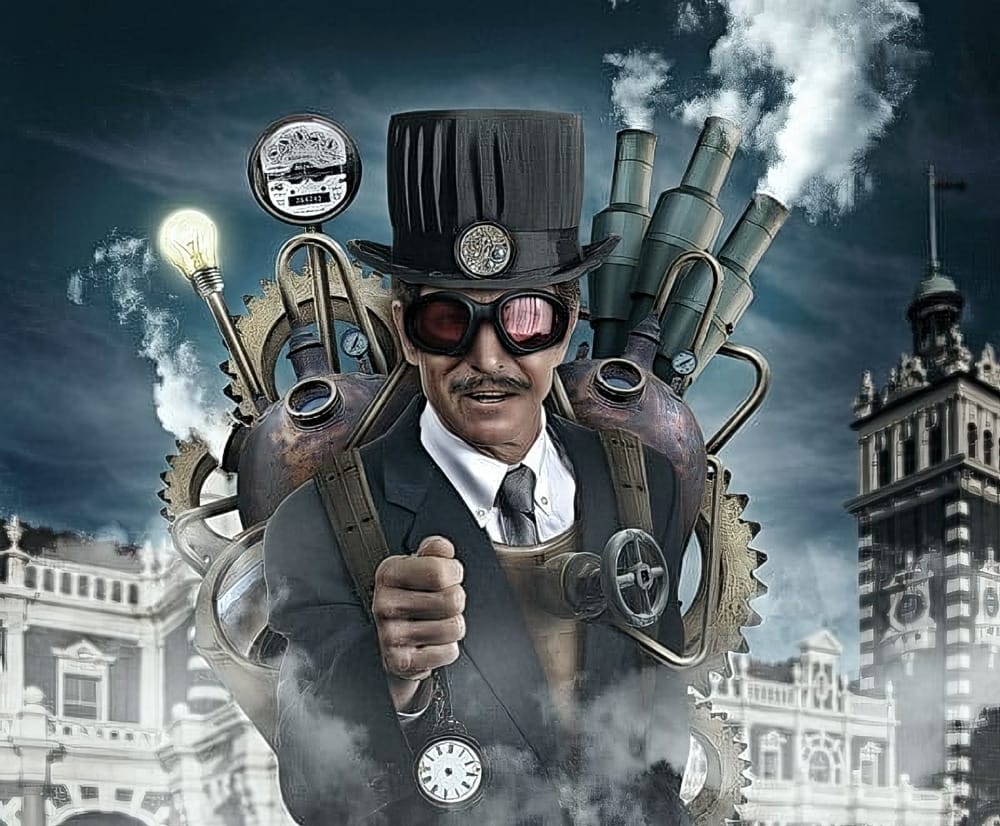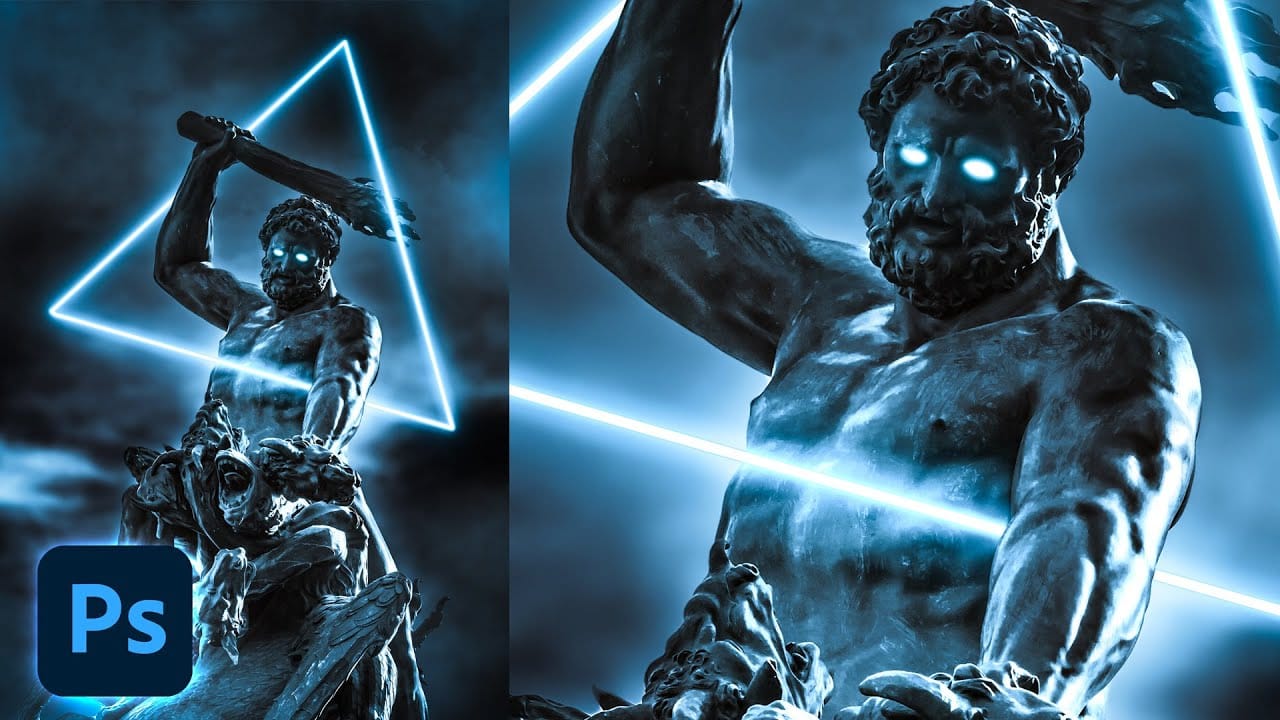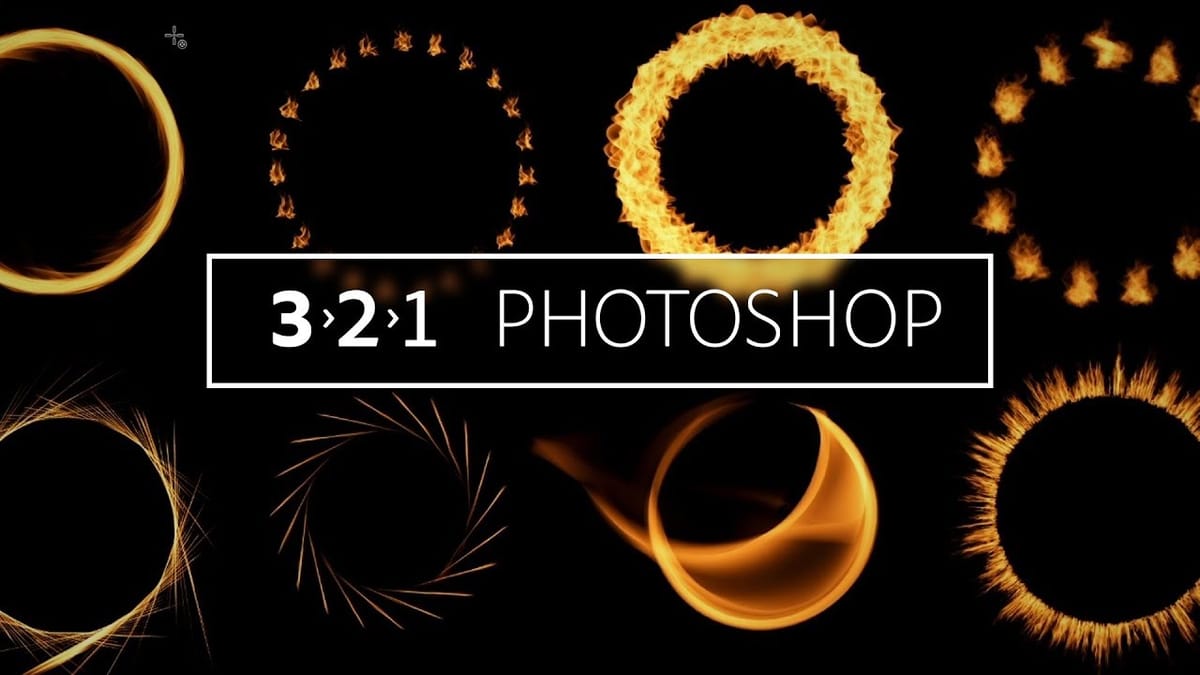Digital imagery often benefits from atmospheric elements that enhance realism or mood. Whether portraying a hot beverage or a misty landscape, the subtle inclusion of steam or vapor can significantly elevate a photo's visual impact, adding depth and a sense of environment.
This video tutorial guides you through the process of adding convincing steam and vapor effects to your photographs, providing practical steps to integrate these details seamlessly. You will learn essential Photoshop techniques to create, shape, and refine these atmospheric additions for a more dynamic composition.
Watch the Tutorial
Video by Blue Lightning. Any links or downloads mentioned by the creator are available only on YouTube
Understanding Atmospheric Effects in Digital Art
Atmospheric effects like steam and vapor play a crucial role in visual storytelling within digital art and photography. They are not merely decorative elements but serve to convey temperature, movement, and even a sense of mystery or warmth. For instance, visible steam rising from a cup of coffee immediately communicates warmth and freshness, while a subtle wisp of vapor can suggest chill or an ethereal quality.
Achieving realistic atmospheric effects involves understanding how light interacts with these elements and how they diffuse or obscure parts of the scene. Artists often manipulate opacity, blur, and distortion to mimic natural phenomena, ensuring the effect integrates naturally rather than appearing as an artificial overlay. This attention to detail transforms a static image into a more immersive and believable visual experience.
The effective use of such elements contributes to the overall mood and narrative of an image. From the gentle curl of steam to the dense shroud of fog, these details provide contextual clues that deepen a viewer's connection to the subject, making the scene feel more alive and tangible.
Practical Tips for Creating Steam and Vapor
- Begin by creating steam strokes on a new layer with a soft white brush (0% Hardness, 50% Opacity) to establish a base shape.
- Apply a Maximum filter followed by a Surface Blur to soften and diffuse the brushed strokes into a more natural, cloud-like steam appearance.
- Use the Transform Tool with the
Warpoption to meticulously shape and distort the steam, allowing it to conform realistically to your image's contours. - Introduce a secondary vapor layer by applying the
Cloudsfilter within a selection of your initial steam, then set its blend mode toOverlayfor added depth and texture. - Refine the steam's appearance and blend using layer masks and opacity adjustments, brushing with black to create a realistic evaporating effect.
More Tutorials about Atmospheric Effects
Explore additional techniques for enhancing your images with compelling visual elements and digital artistry.

















